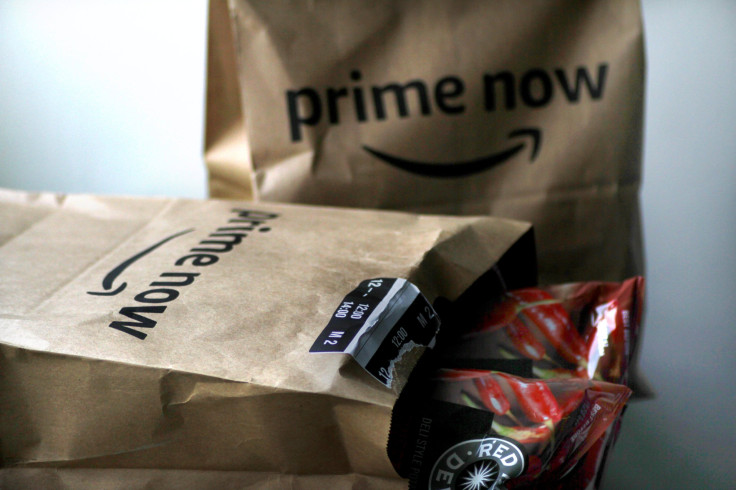Amazon Prime Has No More Room To Grow In The US

It shouldn't come as a surprise that Amazon's (NASDAQ:AMZN) torrid pace of Prime membership growth had to slow down at some point. Amazon seemed to hit peak membership growth in 2014 and 2015 at around 50%, but growth has slowed considerably over the last couple of years.
This story originally appeared in the Motley Fool.
According to Consumer Intelligence Research Partners' latest estimates of Prime membership in the United States, growth has fallen off a cliff. After 12% year-over-year growth in July, CIRP estimates just 8% annual growth as of October.
About 60% of Amazon customers subscribe to Prime, but getting that last 40% will be a lot harder than the first 60%. Investors shouldn't fret about membership growth, though, as there are a couple of big reasons to feel positive about the current state of Prime.
The gap between Prime member spending and nonmember spending is growing
Prime members have historically spent more on Amazon than nonmembers. But where Prime members used to spend around 1.8 times as much as nonmembers, on average, that number has climbed to about 2.3 times.
At the end of 2015, Prime members spent an average of $1,100 on Amazon per year. Nonmembers spent an average of just $600. In its most recent estimate, CIRP says Prime members spend $1,400 per year, while nonmembers still spend just $600. While CIRP's estimates vary from quarter to quarter, the overall trend is that Prime members are spending more and nonmembers are spending less.
There are two reasons for that. The first is that frequent shoppers self-select Prime. If a person finds themselves ordering repeatedly from Amazon (and spending more than average), they're more likely to sign up for Prime.
The second reason is much more valuable for investors. Prime members become increasingly loyal to Amazon over time. CIRP found that the longer a person has been a Prime member, the more likely they're a high spender.
So if Amazon can maintain a strong membership retention rate, it should continue to see the gap increase between member and nonmember spending.
Still growing despite the price increase
Amazon raised the price of Prime earlier this year for both monthly and annual members. In previous years, CIRP pointed to the monthly payment option as a key driver of membership growth. But with the price climbing by $2 per month, it's considerably less appealing.
Nonetheless, Amazon has continued to add at least some new members. "Memberships" increased by an estimated 2 million over the past three months. (Note that 2 million represents individuals with access to a Prime account, sometimes through sharing, so the actual number of memberships sold is lower.)
If Amazon can increase the price of Prime by 20% and most people aren't cancelling and others are still joining, that's a great sign. First of all, those increased subscription sales fall straight to Amazon's bottom line. The price hike could be worth $1 billion in yearly profits to the company -- the estimated 56 million U.S. households with a Prime membership multiplied by $20.
Second, the continued loyalty despite the price increase might only make customers more loyal due to the sunk cost fallacy, i.e., after spending $119 on an annual membership, consumers could be more likely to seek out ways to maximize their "investment." They might buy exclusive deals on Prime Day or take advantage of discounts or free home delivery at Whole Foods. Or they might simply shop more often at Amazon to take advantage of the two-day shipping they've already paid for.
While membership growth might be flattening out in the U.S., Prime is still a major revenue and profit growth driver for Amazon thanks to growing spending from members and the improved profitability of the new pricing. With nearly 100 million Americans using Prime, Amazon's focus should now be on maximizing its potential profit from those customers. So far, it's doing a great job.
John Mackey, CEO of Whole Foods Market, an Amazon subsidiary, is a member of The Motley Fool's board of directors. Adam Levy owns shares of Amazon. The Motley Fool owns shares of and recommends Amazon. The Motley Fool has a disclosure policy.





















